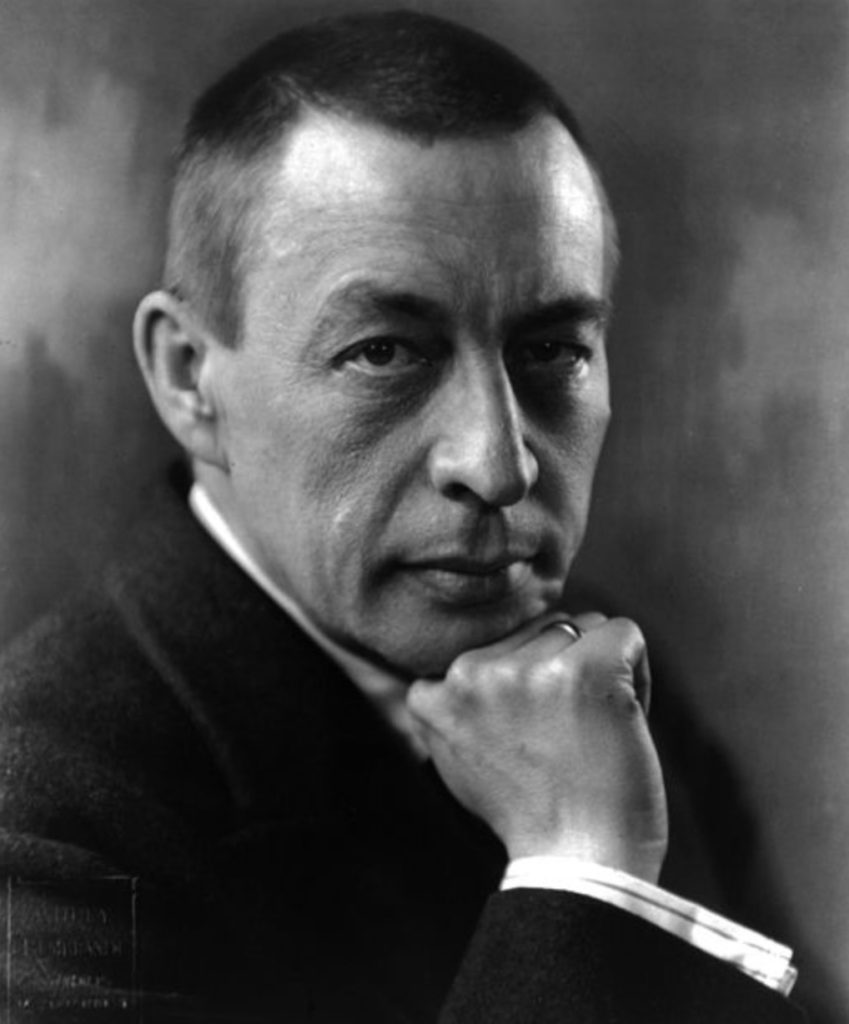
Sergei Rachmaninoff was born on April 1, 1873 in north-western Russia. At age four, he received piano lessons from his mother and progressed under her tutelage for the next 5 years, until Anna Ornatskaya, was brought from Saint Petersburg to hone his skills to the next level. Regarding Sergei as somewhat lazy and undisciplined, his parents sent him to live with Nikolai Zverey in Moscow where he attended the Moscow Conservatory learning harmony and counterpoint. Tchaikovsky’s suicide in 1893 had a major impact on Sergei who launched into composing the Trio élégiaque as a tribute.
Three years later, Sergei composed his First Symphony that premiered on 27 March 1897, but a poor performance of the work, combined with scathing comments from critics who proclaimed it a dismal failure, catapulted Sergei into a three-year period of severe depression, during which he doubted his abilities and composed nothing. In 1900, Rachmaninoff began a course of autosuggestive therapy with psychologist Nikolai Dahl. Sergei emerged with a new confidence that enabled him to compose his Piano Concerto No. 2– a piece he dedicated to Dr. Dahl. This composition was an immediate success and it launched Rachmaninoff’s reputation as a composer.
In 1917, the Russian Revolution was consumed with purging those of any material means, so Rachmaninoff escaped with his wife and two daughters on a sled, carrying only a few notebooks and orchestral sketches of his works. By 1918, the Rachmaninoffs made their home in New York and Sergei traveled throughout America performing concerts on his Steinway piano.
Commenting on the music of the early 20th century, Rachmaninoff opined, “The new kind of music seems to create not from the heart but from the head. Its composers think rather than feel. They have not the capacity to make their works exalt–they meditate, protest, analyze, reason, calculate and brood, but they do not exalt.”
